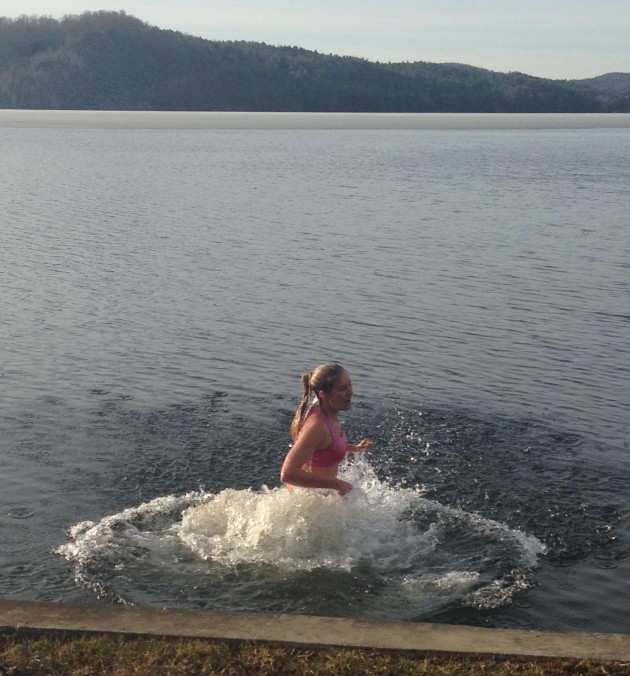Castleton students donate to save lives
Most 22-year-old college students are focused on classes, work and where the next social gathering is located.
For Eastern Connecticut State University student Jon DeCasanova, the story was much different. DeCasanova was diagnosed with the rare bone marrow dieses Aplastic Anemia, an illness where the marrow doesn’t produce enough blood cells.
Two years ago, Decasanova was granted a lifesaving blood cord transplant after chemotherapy and radiation, receiving one cord from New York and one from France.
“I came out of something doctors didn’t think I would be able too,” DeCasanova said.
Against the odds, he made a remarkable recovery and now encourages everyone to donate marrow.
DeCasanova traveled to Vermont to talk to the men’s lacrosse team about his experience and encouraged them to donate.
Castleton professor Deb Choma is an avid promoter of donating bone marrow as well and planned the 16th donation drive this past Tuesday in multiple locations around campus.
“It could be anyone you know who needs the marrow, it could be anyone sitting next to you, a teammate, roommate or a family member,” Choma said.
A total of 80 faculty, students and community members all donated cheek swabs of DNA in hopes to save someone’s life down the road.
Junior health science major Kalvyn Langford was among students who decided to become a donor.
“Deb has a great alternative class that gets us involved in these things in and outside of Castleton,” Langford said.
Colleen Newcomb, another student of Choma’s, was attracting students to the table by asking them to “marrow me” as a catchy slogan.
New technologies allow for many different ways for bone marrow to be taken from the body. If chosen to become a donor, it is possible to meet the patient a year after the done.
“A year after, you get to meet the person whose blood saved your life. It’s a miracle to see the two connect,” Choma said.
DeCasanova is not sure what cord was the one to save his life, but admits in the future he would like to conducts tests and meet with the family who gave him a second chance.
“A lot of people are scared, but it’s so easy. You’re saving someone’s life and that feeling is much greater than a little pain,” he said.







